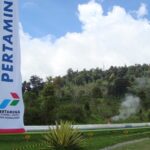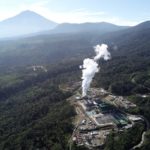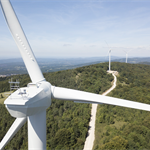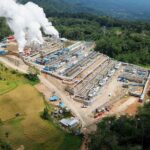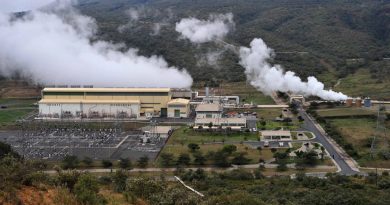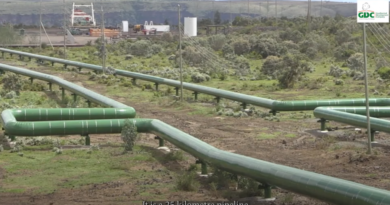PT Pertamina Geothermal Energy sets 1,112 MW development target
Energy Disrupter
With the addition of another geothermal working area, Indonesian PT Pertamina Geothermal Energy is setting itself a 1,112 MW geothermal development target.
PT Pertamina (Persero), through its subsidiary PT Pertamina Geothermal Energy (PGE), has added one geothermal working area (WK) to increase the installed capacity of the Geothermal Power Plant (PLTP), as we reported. With the new working area, PGE is now in charge of 15 geothermal working areas in total.
The new geothermal work area, whose development permit has been given to PGE, is located in Kotamobagu, North Sulawesi. Previously, PGE has operated in 14 work area located in Seulawah – Aceh, Sibayak – North Sumatra, Sarulla – North Sumatra, Hululais – Bengkulu, Lumut Balai – South Sumatra, Ulubelu – Lampung, Mount Salak – West Java, Wayang Windu – West Java, Drajat – West Java, Kamojang – West Java, Karaha – West Java, Mount Lawu – Central Java, Bedugul – Bali, and Lahendong – North Sulawesi.
Currently, the installed capacity of Geothermal Power Plant, which PGE operates alone, is 672 MW. Following Pertamina’s master plan, geothermal development in the next five years will increase sharply. It is targeted to double up to 1,112 Megawatts (1.1 Gigawatts) by 2026.
In addition to PGE’s operations, Pertamina also manages geothermal energy with partners through a joint operation contract with an installed capacity of 1,205 MW. With the overall management of geothermal development, Pertamina is expected to guarantee the fulfillment of clean energy in the future.
Senior Vice President of Corporate Communications & Investor Relations of Pertamina, Agus Suprijanto, explained that Pertamina continues to strive to provide environmentally friendly energy that is needed in the future. Through 15 geothermal project work areas, Pertamina will realize an energy transition program where new and renewable energy will reach 30% by 2030.
“The geothermal potential in Indonesia is very high, including the second largest in the world, but only 7 percent has been developed. With Pertamina’s roadmap, in the next five years, it will double,” he said.
Source: Pertamina



